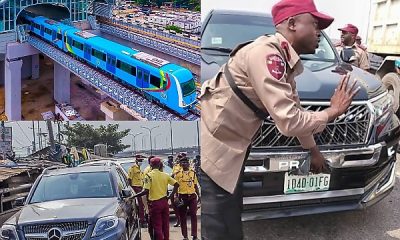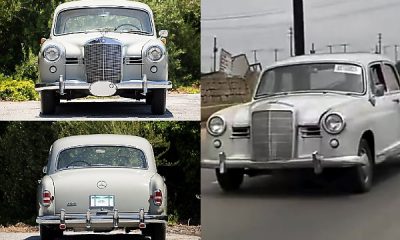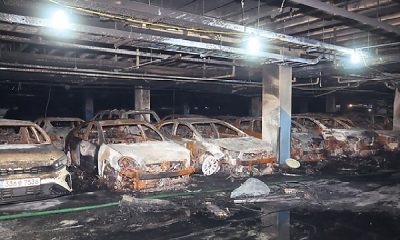An overwhelming number of vehicles daily ply Lagos roads but that is NOT the cause of the Lagos traffic congestion. Lagos State is famous for its outrageous traffic congestion. Residents often joke about how a 15- minute journey could last 5 hours. Too often, these figures are not exaggerations but hard facts. There are far too many stories of flights missed , appointments missed, and extreme stress suffered by workers trying to make it to the office.

According to Dr Frederic Oladeinde, the Lagos State Commissioner for Transport, 1.6 million vehicles travel daily on Lagos roads. We might consider the implication of this number of vehicles (1.6 million) against the number of available roads. Also, in the face of the number of regularly used routes, to and from work for many Lagosians daily, the numbers are indeed staggering. However, the cause of Lagos traffic congestion is not the huge number of vehicles plying the roads.
Recent Issues with Lagos Traffic

In the last couple of weeks, residents of Lagos State called out their governor, Babajide Sanwo-olu, over the disgraceful state of Lagos roads. These citizens responded to immediate concerns of terribly prolonged traffic congestion. They were quick to remind him of campaign promises as he clocked 100 days in office. In reaction, the governor has made overtures and declarations towards fixing the problem. However, the challenge of the Lagos traffic congestion is still a strong and present reality.
Some months ago, the Lagos State Commissioner for Transport promised to address this problem. Dr Oladeinde concluded that employing and implementing economic, social and environmental strategies is the way forward. It might be that measures are being put in place already. However, most Lagosians will agree that the challenge with Lagos traffic is daunting and unlikely to disappear anytime soon.
What Are the Causes of the Lagos Traffic?
All of Lagos leadership, past and present have had to deal with this congestion problem. Before the number of vehicles on the roads rose to a shocking 1.6 million, what were the challenges then? What issues did they encounter over this congestion situation?

Lagos state has a faulty road network. It is incapable of sustaining the current and nearest in future population growth. Apapa and Ajah are a two of the most condensed and cluttered gridlock areas in Lagos. In both cases, there is only one road that reaches in and out. There are no alternative routes to lead to the next central location.
The Lagos mass transit program is behind compared to other advancing cities across the world. Lagosians hoped that during the Ambode administration, the promises for train networks at strategic points would be fulfilled. Lagos, yet cannot boast of a trusted and effective overhead rail system. Should we dare hope for an underground rail system? Will that be a reality in our time?
More recently, entrepreneurs have creatively designed commercial ventures to employ motor bikes as a transport means. Opay, Gokada and Oride are fast becoming popular among Lagosians. These bikes contribute to the number of road users and traffic gridlock especially at peak hours. An efficient motor bike transport model cannot be an improvement over an efficient mass transit program.
Lagos Traffic – What is the Way Out?

As in most infrastructural defects, the government is held accountable. Population in Lagos continuously expands. The recently sited Dangote venture and port in the Epe axis has brought even more attention to Lagos. As Lagos further expands inwards and outwards, a secure and dependable road and transport system is most needed currently.
The leadership have got their work cut out for them. Many years from now, each dispensation will be remembered for their contributions or mistakes towards solving this huge problem.
Do you follow us on Facebook, Instagram and Twitter?
Share your story in the comments box.

 News1 week ago
News1 week ago
 News1 week ago
News1 week ago
 News1 week ago
News1 week ago
 News1 week ago
News1 week ago
 News4 days ago
News4 days ago
 Latest Cars1 week ago
Latest Cars1 week ago
 News1 week ago
News1 week ago
 News1 week ago
News1 week ago
















